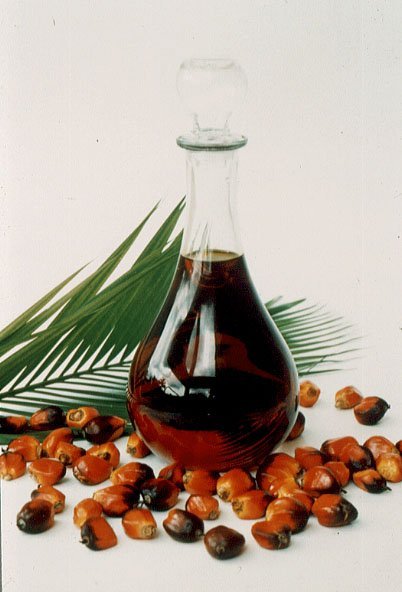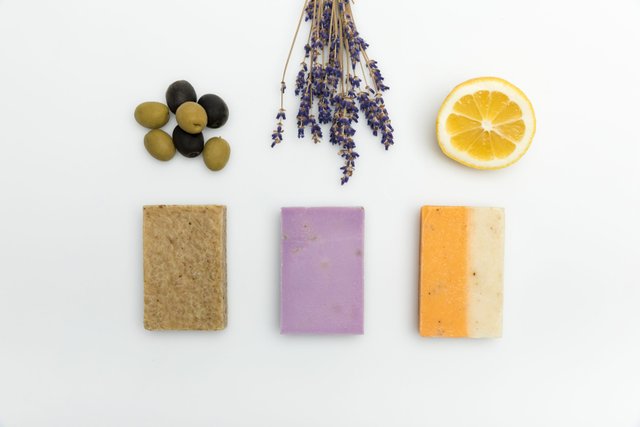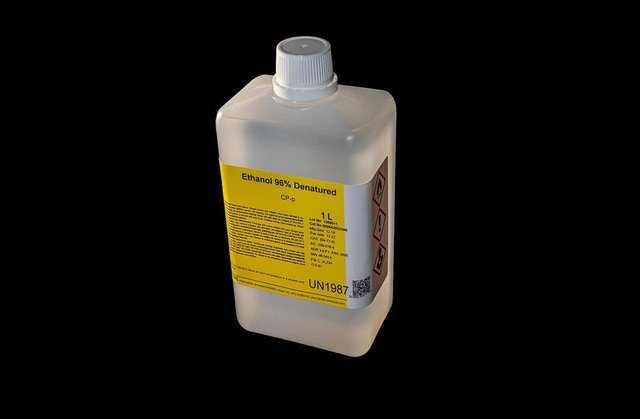First of all, I want to send a big greeting to all the friends of steemit and especially to the members of this prestigious community, today I come to share with you a publication as usual I make in the area of science on the elaboration of handmade bar soaps as well as its composition, characteristics and raw materials.
/cloudfront-us-east-1.images.arcpublishing.com/eluniverso/5IFZ2C7EIVFRBNWB5D3QFTZDGE.jpg)
As I mentioned in my previous publication, distilled fatty acids from Palm and Soya are being used in several countries in the world such as Malaysia and Indonesia, to manufacture soap paste for laundry and toilet soaps, due to its low cost and easy acquisition.
This process is very interesting, since it is an efficient way to take advantage of one of the by-products of the oil palm and soybean, besides it is a very innovative business idea since it generates great profits, due to the fact that the manufacturing operations will be more profitable, since the raw materials, in this case the distilled fatty acids of palm and soybean, coming from the refining of the crude oils processed by the companies, will be used in an efficient way.

Composition and characteristics of fats and oils for the manufacture of soaps).
Oils and fats are organic compounds that we get in nature consisting of esters and these are formed by three molecules of fatty acids and one molecule of alcohol. We can also say that they are oily, greasy or waxy substances, which in their pure state are normally colorless, odorless and tasteless.
What are the raw materials we use for soap manufacturing?.
In the production of soaps, we can find certain physical and chemical characteristics of the same and these are of utmost importance as well as the raw materials we manage to use.
Alkalis: Alkalis are known as the oxides of a small group of metals that are distinguished by being less dense than water. They also have a great burning lye taste that irritate the skin as well as all organic tissues and are very soluble.

Fats and Oils:These are employed in saponification, they can be hydrolyzed to form fatty acids and glycerin. The most convenient fatty acids in soaps are lauric, myristic, palmitic and oleic acids containing 12 to 18 carbons; these fatty acids, which are saturated acids except oleic, form the major part of the fatty matter..
Distilled fatty acids:Fatty acids are neutralized in continuous reactors with sodium hydroxide. As the fatty acids used have been distilled, the color of the soaps is generally better than that of soaps obtained by saponification..
Soybean distilled fatty acids:It is a light yellow and viscous paste, liquid at 25ºC, with a slight aroma characteristic of vegetable oil. It is obtained by distillation of a vegetable oil distillate (soybean oil)..
Distilled palm fatty acids:At 25ºC the product is solid, the color varies from yellowish to white and has a characteristic odor of vegetable oil (palm oil). It is insoluble in water, and soluble in lipophilic solvents. These are the by-products of the physical refining of crude palm oil..

Alcohol (ethanol):The main function of this component like alcohol in soap is mainly to dissolve the fatty acids that remain after saponification, which give the soap its opacity..
Brine (NaCl dilution):This consists of adding a concentrated solution of common salt to separate the soap from the glycerin formed and the excess sodium hydroxide. Since soap is insoluble in salt water, it accumulates in the form of lumps and rises to the surface because of its lower density extracting after several hours..
Colorants:This dyes must first of all be pigments so that they can be dispersed very easily in the water and they are used up to 10-12 gr. per quintal of soap..
Water:Which is the one that we use to work exclusively with aqueous solutions, therefore it is of extreme importance that it is colorless and pure.
To conclude we can emphasize that the soaps elaborated with this mixture of distilled fatty acids of Palm and Soya, presented a lower pH than the commercial soap, in addition they are within the established parameters Pharmacopeia, as also the index of foam of the soaps, as also a good greasiness, therefore, they will adhere with greater facility to the fabrics of the clothes and its cleaning effect will be more efficient.
Bibliographic reference and consulted:
Advanced Organic Materials S.A. (2013). Oleochemicals.
D' Santiago, I., and Vivas, M. (2006). The pH of soaps. Mérida,
Venezuela: Dermatología Venezolana.
Gustavaw Hess (2019). Distilled palm fatty acids..
Requeno, C., and Madrid, M. (2012). Manufacture of medicinal soaps from natural extracts: Myroxylon Balsamum (Balsam of El Salvador); Simarouba Glauca DC. (Aceituno) and its antimicrobial evaluation against Staphylococcus aureus. San Salvador, El Salvador.
